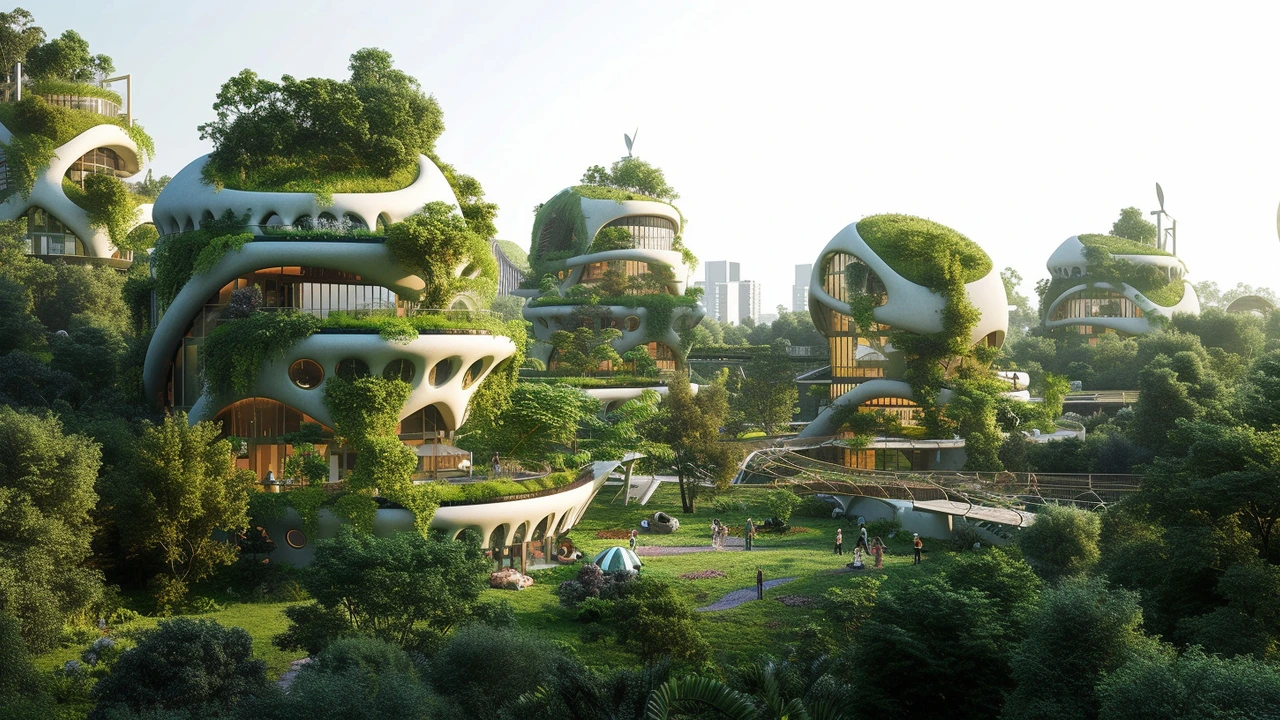As a passionate eco-warrior and architecture enthusiast, I've seen first-hand how sustainable architecture can pave the way for a greener future. This intriguing article will bring you on an enlightening journey exploring the critical role sustainable architecture plays in environmental conservation. We'll dive deep into how innovative, eco-friendly design solutions can combat various environmental challenges, contributing to a greener, healthier future. Get ready to kick-start your green initiative through the amazing world of sustainable architecture.
Environmental Conservation in Architecture
Buildings and construction cause roughly 40% of global CO2 emissions. That alone makes conservation a design priority, not an optional extra. This tag collects practical ideas you can use — from saving a Georgian house to retrofitting a glass-and-steel high-rise. Here you’ll find hands-on steps that protect heritage, cut energy use, and keep neighborhoods healthy.
Environmental conservation in architecture sits between two goals: protect what already exists and reduce harm from new work. Old facades — think Beaux-Arts or Greek Revival — hold history and embodied energy. Tearing them down wastes the energy already used to build them. At the same time, we must update these places so they work for modern life and climate targets.
Practical actions you can apply today
Start with an honest survey. Measure energy use, check the building envelope (walls, roof, windows), and list urgent repairs. You don’t need fancy tools for the first pass — a blunt checklist and some photos will tell you where heat leaks, damp, or draft issues live.
Choose repair over replacement. Fixing original windows, repairing masonry, and restoring roof details keeps character and saves carbon. When full replacement is unavoidable, match materials and avoid cheap substitutes that fail quickly. For historic houses like Colonial or Georgian styles, small repairs extend life dramatically.
Insulate smartly. Add insulation where it won’t damage heritage fabric: attics, basements, and internal stud walls. Use reversible solutions like secondary glazing for old windows so you improve performance without losing original frames. These tweaks cut bills and carbon without erasing the building’s look.
Think adaptive reuse. Turning old factories into apartments or offices uses far less energy than new construction. Many styles on this site — from Constructivist warehouses to Beaux-Arts civic buildings — are ideal candidates for reuse. Adaptive reuse also keeps communities intact and supports local economies.
Materials, landscape, and community
Choose low-carbon, durable materials. Timber from certified sources, low-carbon concrete mixes, and reclaimed bricks make a big difference. Small choices add up: specifying longer-lasting fixtures reduces waste and future work.
Don’t forget the site. Trees, rain gardens, and permeable paving reduce heat islands and manage water onsite. Even simple moves — shading east and west glazing, adding street trees — improve comfort and lower energy needs for cooling.
Work with residents and policy. Conservation often succeeds when people who live and work in a place help set priorities. Look for grants, tax relief, or local incentives for energy upgrades and historic preservation. Public funding plus private care keeps projects affordable and real.
Want examples? Check posts here on Beaux-Arts, Greek Revival, and Colonial architecture to see how style, repair, and reuse come together. Start small: inspect, prioritize repairs, then plan upgrades that respect both the building’s soul and the planet. That approach keeps places lived-in, loved, and low-carbon.

